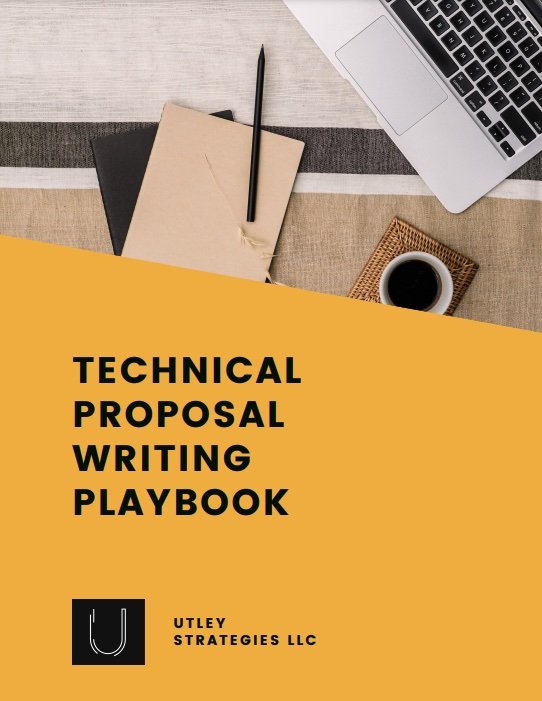Best Proposal Template: The Proven Way to Win More Projects
If you’ve created a few proposals, you’re probably ready to have a template that you can reuse for each potential client without having to start from scratch each time. Creating a reusable proposal template will save you time and energy, but it is important to make sure that it still speaks to your audience’s specific needs. Below are the key sections you need in your proposal template and tips on how to make it customizable.
Key Sections
Project Approach
The project approach section is the perfect way to highlight what your customer needs. Include a Project Understanding overview as part of your approach, then describe how you will work with the customer. This applies to both product (including SaaS) and service businesses.
For example, do you provide a custom product or service? Is every customer assigned their own customer service or implementation representative? Do you focus on their competition to help them stand out and earn more sales? Whatever your approach, provide an overview here to show why they should read the rest of the proposal.
Scope of Work/Product Specifications
This section should provide an overview of what exactly the customer will receive if they accept your proposal. This is a key section in your proposal because it is what they will expect from you once the project starts.
For services businesses, describe the deliverables you will provide, outline any meetings included in the project, and any items that they must provide for you to complete the work. This section is also a good place to include the project timeline.
For product-based businesses, use this section to list out the specifications and your delivery process as well as your customer service overview. This should show exactly what the customer will get, how they will receive it, and when.
Out of Scope
Whether you offer services or products, it is a good idea to include an Out of Scope section within your scope of work. This describes anything that is not included in the project that might come up if the scope starts to creep.
For example, if you are a website designer, something out of scope might be designing social media content. Think about potential issues that might come up and list it in this section to have it written in the contract and save you headaches down the road.
Qualifications/Company Overview
Once you outline what’s included in the scope of work, use the Qualifications or Company Overview section to sell why your company is the best fit for the project. Include any key metrics, differentiators, and other factors that make you stand out. If your project team is critical, include resumes or brief bios in this section. Team photos or headshots can also make you stand out.
Fee
Of course, pricing is an essential component of your proposal. Once you’ve shown why your solution and company are the best choice, provide the pricing. Ideally they will have already read your content before seeing the pricing (though some people will just jump to the pricing). It’s important to make any key points easy to see earlier in the proposal, so if the reader does try to jump straight to pricing, they may see some compelling points ahead of time and not be put off by the pricing.
Next Steps
After pricing, outline what is next to start working with you or to buy your products. If you require a deposit for work, include steps for how to pay. If a phone call is needed or a purchase order, then list those too. Make it easy for the customer to take the next steps to work with you.
Tips for Success
With these key sections, you will have a template that is easy-to-use and shows why your company is a good fit. There are a few additional steps to make sure your template is set up for success:
Speak to the Customer. It’s important to use the customer’s name throughout your proposal. If you use a proposal software, then you can typically add a placeholder to your boilerplate content that will automatically be updated. If you’re working in Word or another tool, use [CLIENT] as a placeholder for the actual customer name that you will replace for each proposal. Highlight this placeholder with yellow or another recognizable color to make sure you don’t accidentally send out a proposal with your placeholder text!
Leverage Customer Personas. If you work with different types of organizations or you have multiple offerings, create a template for each offering or customer persona/buyer type. This will allow you to create boilerplate content that speaks to that buyer groups unique challenges and goals, which will make your proposal more persuasive and engaging.
Review and update every 3 months. See what works and what doesn’t and keep your template updated. In the beginning, update your template every three months, and then every six months once it’s working. If your offering or organization changes, make sure to update your proposal template.
Break up large chunks of text with headings, images, bullets, and callouts. This makes your proposal easy to skim. Most readers won’t review every word. They’ll skim your proposal and then jump to pricing. Make sure key points stand out within your proposal.
Now you have an outline to follow to create your proposal template. It’s time to start writing!
Want a template that you can customize? Check out our proposal templates and examples here.


